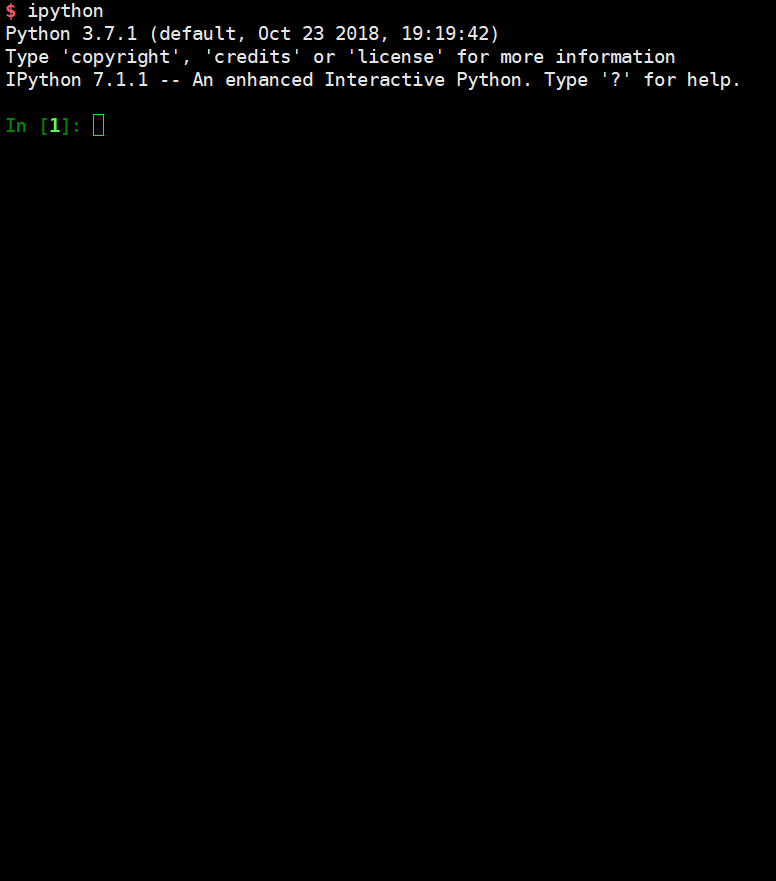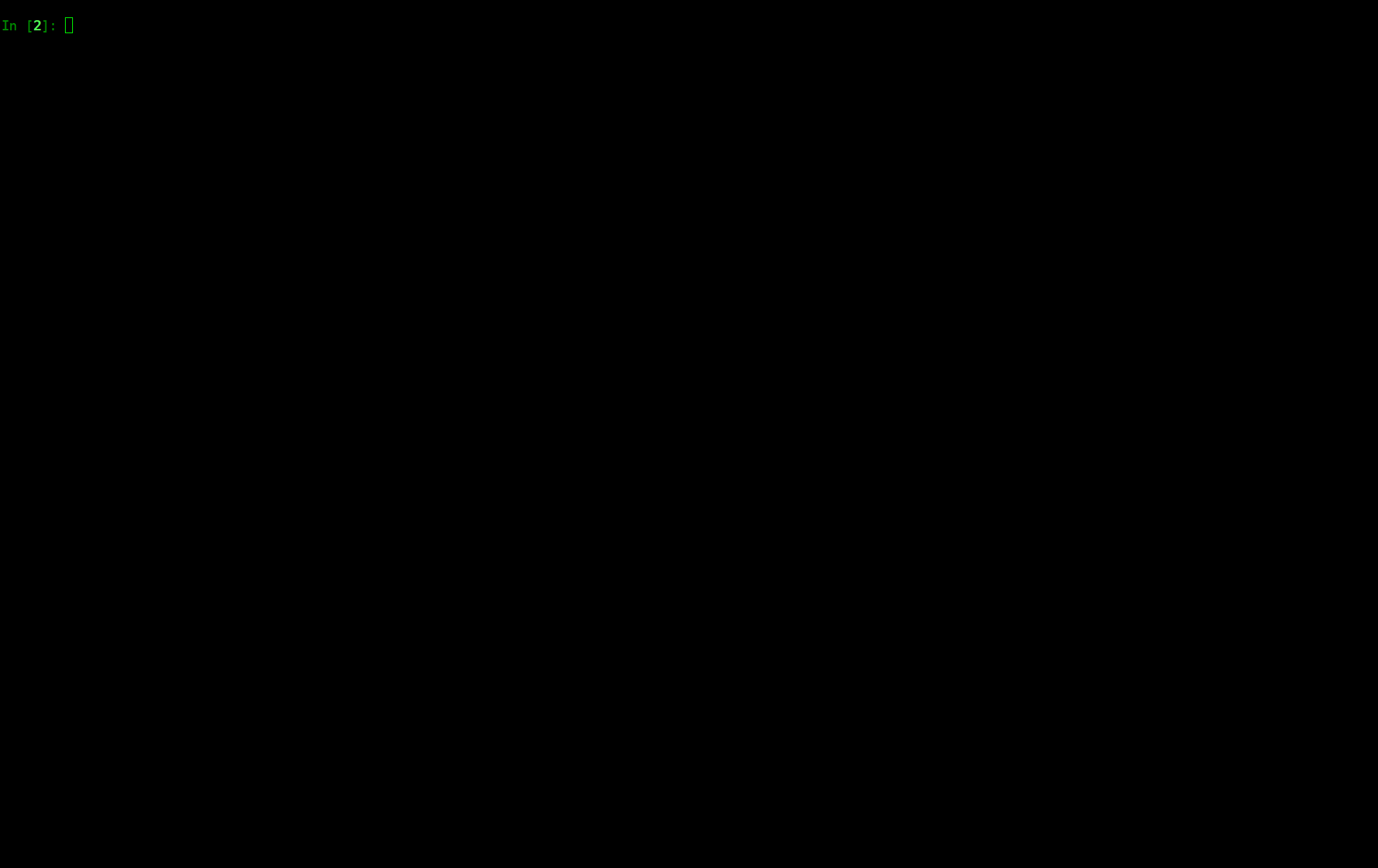A dual vector foil (二向箔) that squashes any Python objects into your console.
Project description
dual_vector_foil
A dual vector foil(二向箔) that squashes any Python objects into your console
Introduction
Simply speaking, dvf (dual vector foil) is a recursive pretty printer for any objects in Python. It allows you to inspect Python object in a simple and comprehensive way. Checkout the following example:

Example on Flask app
Flask app is very complex Python object, and dvf can use paging (less) to wrap the output. If the GIF doesn't show immediately, be patient, it's about 10 MB large (click to zoom in):
If your eyes are sharp enough, you'll find a warning at the end of the gif. That's because dvf tries to access some attribute of Flask that are only valid in a request context. The warning is quite common for complex objects.
Installation
The project is still under development and the only way to use dvf is to clone this repo then copy it to your PYTHONPATH, then install dependency manualy. setup.py and pip comming soon.
The development is under Python 3.7 and the package provides no Python 2 support.
Philosophy
Why not dir or __dict__
There is already a great inspection package pdir, which emphasize on the usage of modules and objects, while dvf is aiming at data and internal structure of objects.
As a result, dvf will by default ommit any object attributes that have type of function, module or class, and will try its best to expand any iterable to see what really lies in .
Safety concern
Do not use dvf on untrusted object because dvf will have to evoke some methods of the object to evaluate attributes. Is this a foundamental flaw of dvf? I think not.
Because if an object is really malicious, it can delete your system when it's imported, why wait untill dvf to check it?
Deal with loops
The biggest problem of dvf is loops in objects. The following class has a pointer points to himself. A simple recursion implementation of dvf will result in an infinite loop.
class Foo:
def __init__(self):
self.another_me = self
To solve this economically, dvf records every object it has visited and ommit them next time it meet the object. That's why sometimes a complete view of certain objects is not possible.
Another troublesome case is object creation during attribute access. A typical example is NumPy array, which has an attribute of T that returns the transpose of the array,
which has another T that returns another new array. So there is also an infinite loop. To solve this dvf should be very cautious toward data descriptors. Some result gained from descriptors will not be expanded.
Project details
Release history Release notifications | RSS feed
Download files
Download the file for your platform. If you're not sure which to choose, learn more about installing packages.












